This month, we saw the official launch of the first set of smartphones with 5nm chips. Apple earlier released the iPhone 12 series which uses the 5n Bionic A14 chips. A few days ago, Huawei unveiled the Mate 40 series which comes with a 5nm Kirin 9000 SoC. Naturally, these series will compete with each other. Although both companies already have specific buyers (fanboys), there is still a small portion of the market that is up for grabs. In this post, we will look at a comparison between the Huawei Mate 40 Pro and iPhone 12 Pro. Our article will focus on the internals of these devices (camera, battery, and processor).
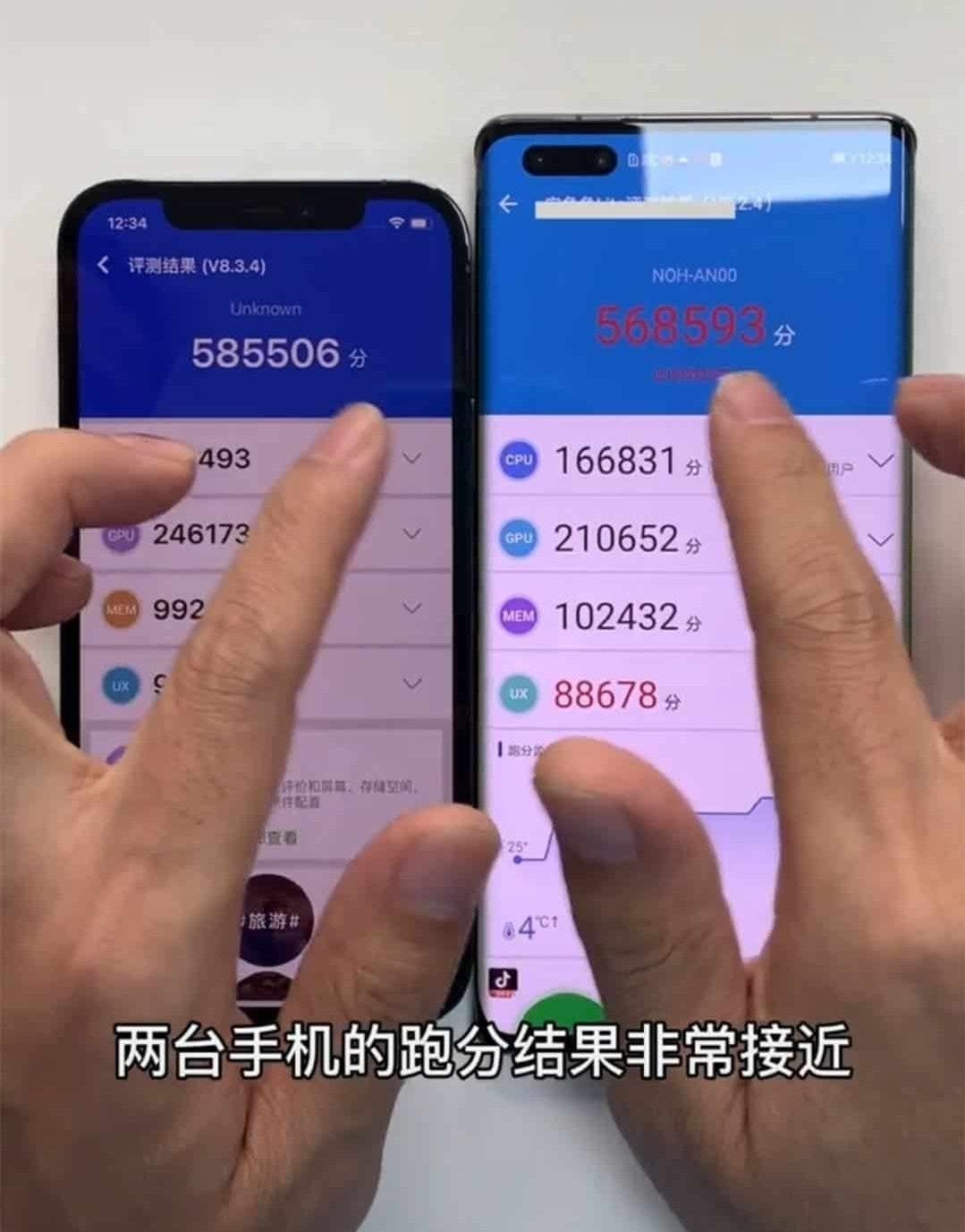
Starting from the AnTuTu score, the iPhone 12 Pro exceeds 580,000 while the Huawei Mate 40 Pro exceeds 560,000 points. Of course, we know that AnTuTu ranking only gives us a sense of relative performance. It does not guarantee the actual performance of smartphones.
Update: Huawei Mate 40 Pro's AnTuTu score is actually better
If you look at the images above, you will realize that the AnTuTu versions for both smartphones are different. The AnTuTu score could be significantly different when you use different versions. To this end, we had to get AnTuTu information on both smartphones using the same version. Using AnTuTu V8, here are the scores for both devices
- Huawei Mate 40 Pr0 - 693,605
- iPhone 12 Pro - 572,233
Camera
iPhone 12 Pro Camera
Moving on to the internals of the iPhone 12 Pro, the biggest upgrade in this smartphone is in the camera department. This smartphone comes with a 12MP triple rear camera setup as well as a LiDar camera. This is much better than the iPhone 12 which uses a 12MP main camera + 12 MP ultra-wide-angle dual camera.
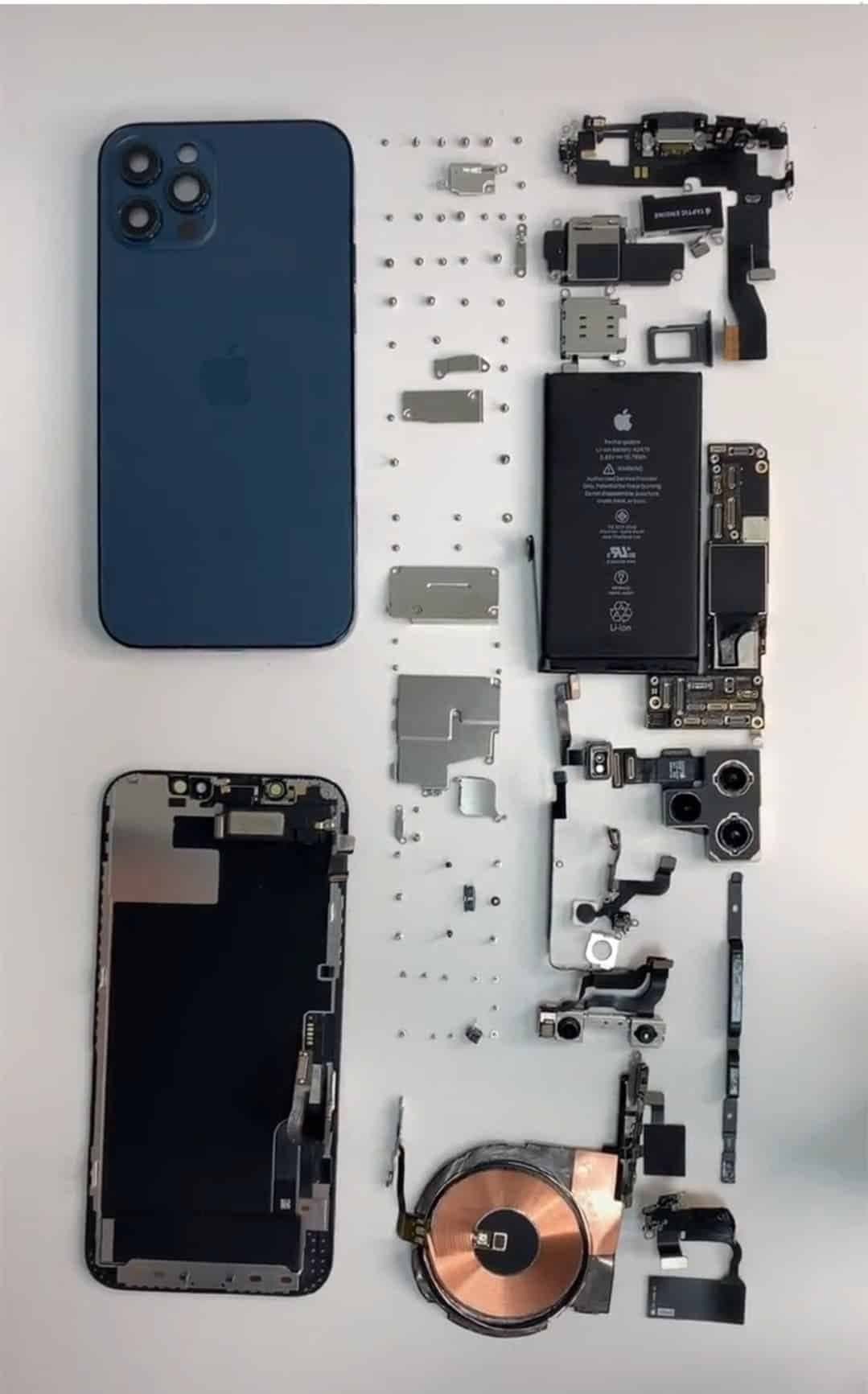
The LiDar sensor is a new type of depth sensor that can make a difference in many interesting ways. According to reports, a smartphone with LiDar technology sends out light pulse waves in the form of a burst of infrared dots and can use its sensor to measure each pulse, thereby creating a point field that can draw distances and can "grid" space.
In terms of specific usage scenarios, Apple promises that the iPhone 12 Pro has better low-light focusing, and the speed in low-light conditions increases by six times. The Lidar depth-sensing also improves the effect of night portrait mode.
On DxOMark, although there is no official test yet, the agency has announced that the iPhone 12 Pro Max does not have the best camera in its rankings.
Huawei Mate 40 Pro Camera
This smartphone uses a primary 50 MP 1/1.28″ sensor (12 MP output) with 23 mm-equivalent (1x defined as 27 mm) f/1.9-aperture lens, full-pixel Octa-PD. It also uses an ultra-wide 20 MP 1/1.54″ sensor with the 18mm-equivalent f/1.8-aperture lens, PDAF; and finally a telephoto 12 MP 1/3.56″ sensor with the 125mm-equivalent f/3.4-aperture lens, PDAF, OIS. The device also has a multispectral color temperature sensor. On the software side, the smartphone can record 4K video at 60fps.
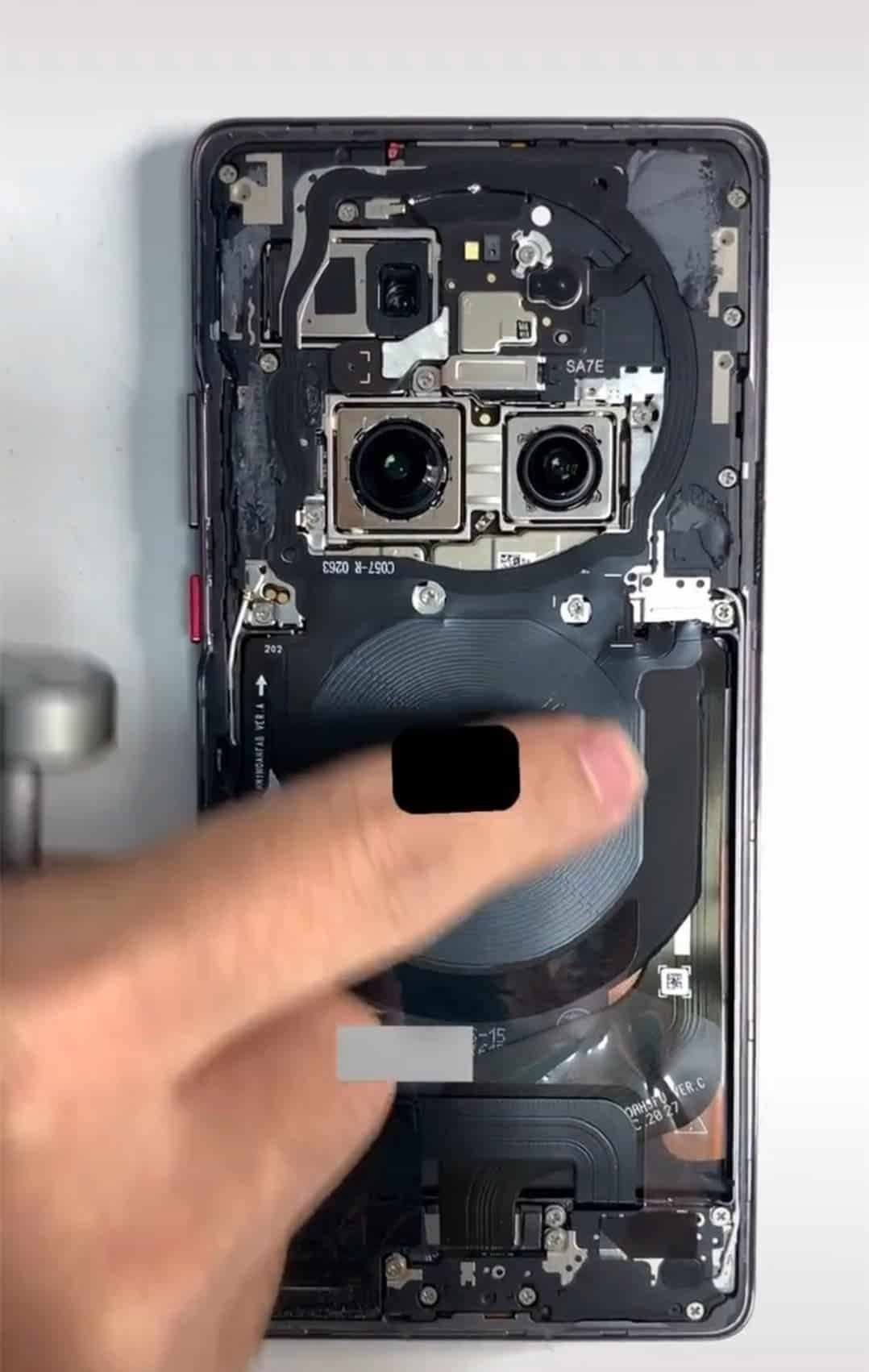
On DxOMark, the final score of this device is 136 points which put the Mate 40 Pro in first place on DxOMark’s ranking system. This makes it the new king of mobile photography.
Battery
Huawei Mate 40 Pro battery
After removing the back cover, the wireless charging coil of Huawei Mate40 Pro is greeted by the wireless charging coil. This machine supports 50W wireless flash charging (Mate40 Pro+ also supports 50W wireless charging) and is the fastest wireless charging Huawei mobile phone so far.
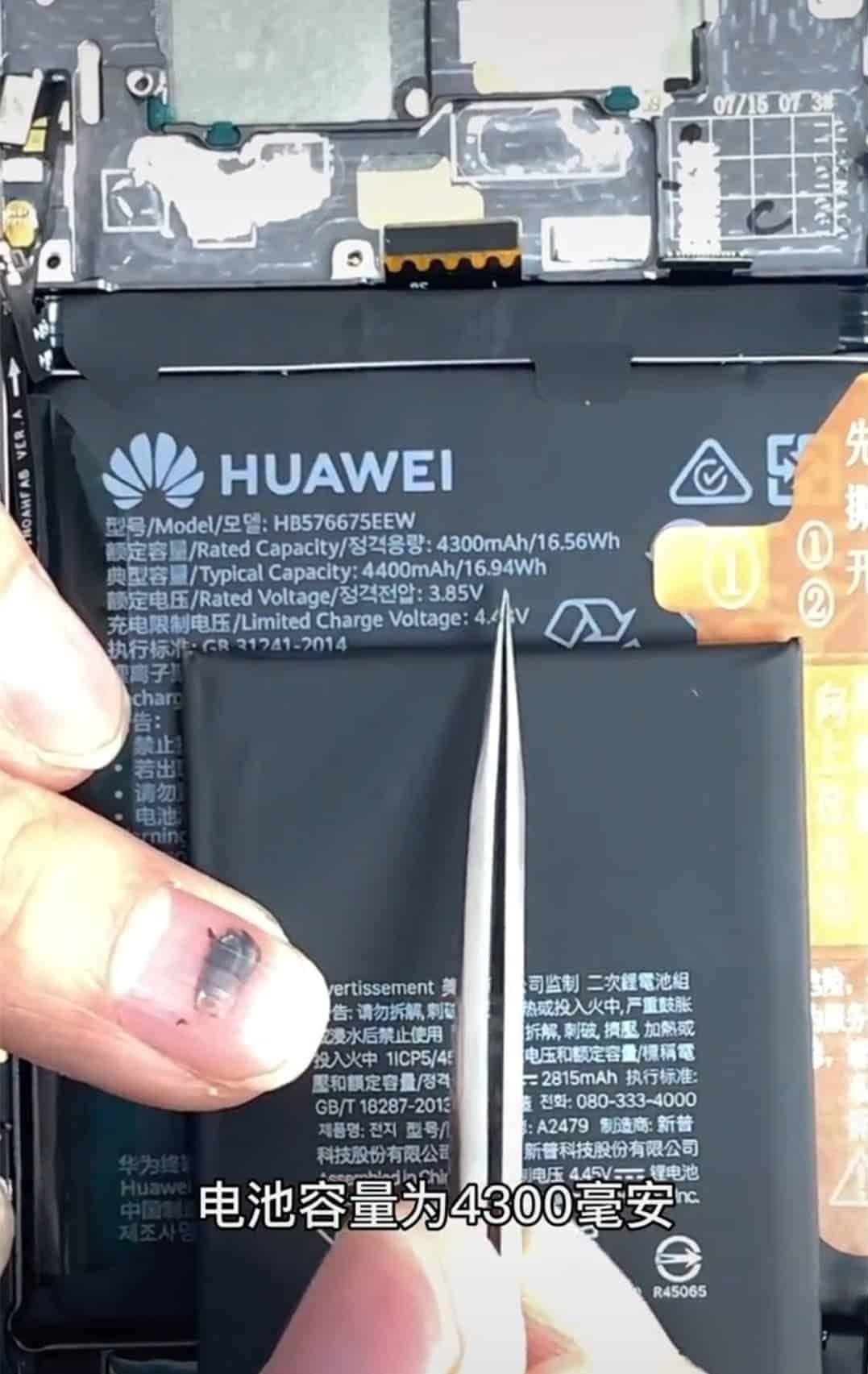
After removing the wireless charging coil, you can see that there are two connecting wires between the battery of Huawei Mate40 Pro and the motherboard. It is reported that Huawei Mate40 Pro supports 66W wired fast charging for the first time, and it is also the fastest charging Huawei mobile phone so far.
In terms of capacity, the Huawei Mate 40 Pro comes with a 4300mAh (typical value is 4400mAh). According to recent tests, this battery lasts as follows
- 3G voice calls - 24 hours
- Wi-Fi web browsing at 90Hz - 12 hours+
- Wi-Fi web browsing at 60Hz - 14 hours+
- Video playback at 60Hz - 17 hours
The Huawei Mate 40 Pro 66W Huawei SuperCharge clocks a full charge in 45 minutes.
iPhone 12 Pro Battery
As usual, Apple does not give specific information on the battery capacity of its smartphones. However, this disassembly reveals that the iPhone 12 Pro comes with a 2815 mAh battery.
This device also bring fast charging capabilities with up to 20 Watts chargers. For wireless charging, you will have to use the MagSafe wireless charger. The maximum capacity of this charger is 15W.
According to reports, the battery life of the iPhone 12 without 5G is 11 hours+. However, with 5G connectivity, this time reduces to 9 hours. This battery also delivers up to 17 hours of video playback
The iPhone 12 Pro can be charged to 50% in 35 minutes with a 20W USB-C charger. However, it takes 1 hour+ to use the original MagSafe wireless charger to get to 50%.
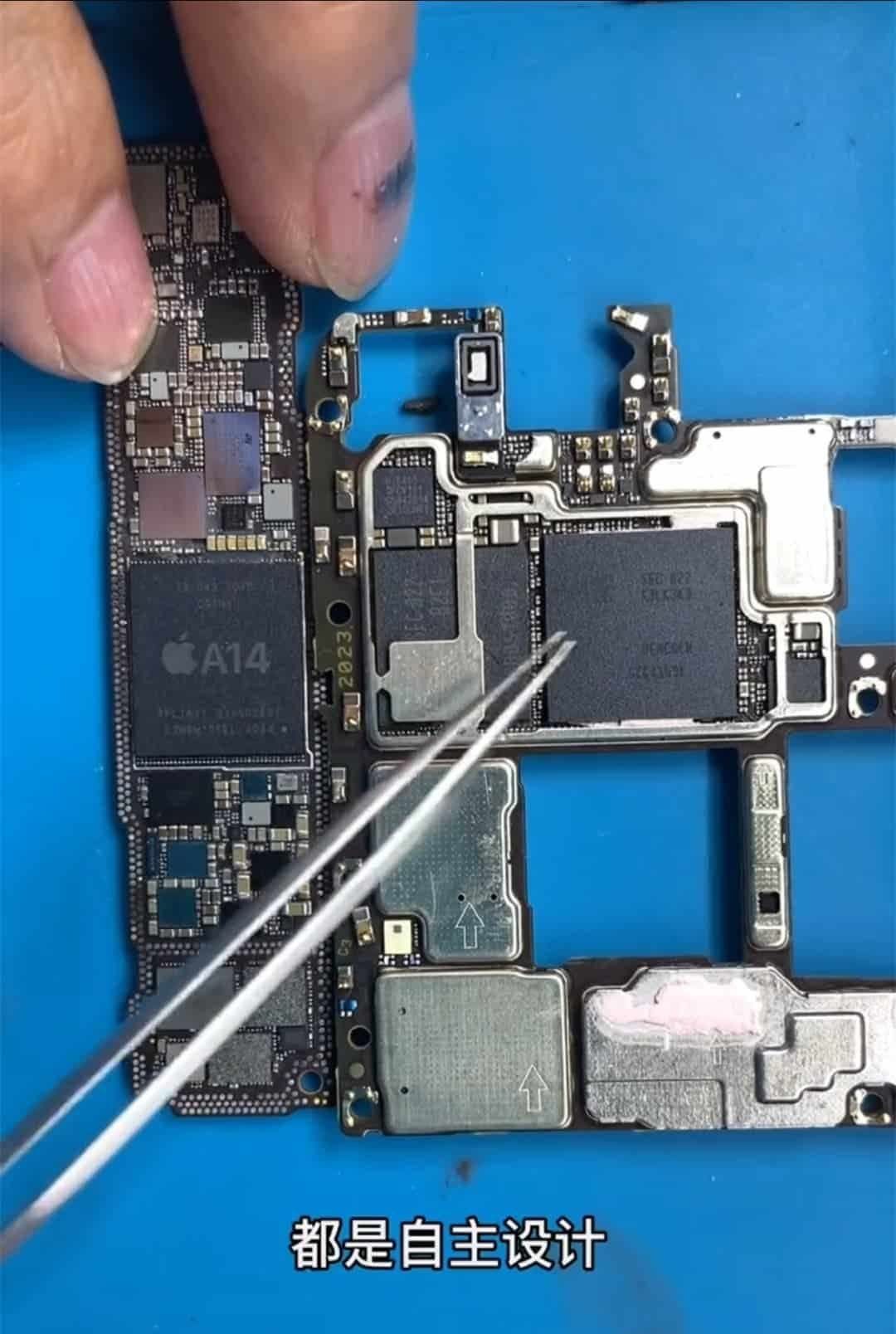
Kirin 9000 Vs Bionic A14
Finally, let's compare the Bionic A14 of the iPhone 12 Pro and the Kirin 9000 chip of the Huawei Mate40 Pro, both of which are made using the 5nm process.
For starters, the Kirin 9000 chip integrates a 5G baseband and is the industry's first 5nm integrated 5G SoC. Although the A14 chip is also a 5nm process chip, it requires an external Qualcomm Snapdragon X55 5G baseband to achieve a 5G network connection.
More importantly, thanks to the 5nm process, Kirin 9000 integrates 15.3 billion transistors, which is 30% more than the A14 bionic.
The advantage of integrating the 5G modem into the SoC is that it improves power consumption and helps heat dissipation. This helps the overall performance of the chip. Of course, this is one of the advantages of the Kirin 9000 over the Bionic A14.
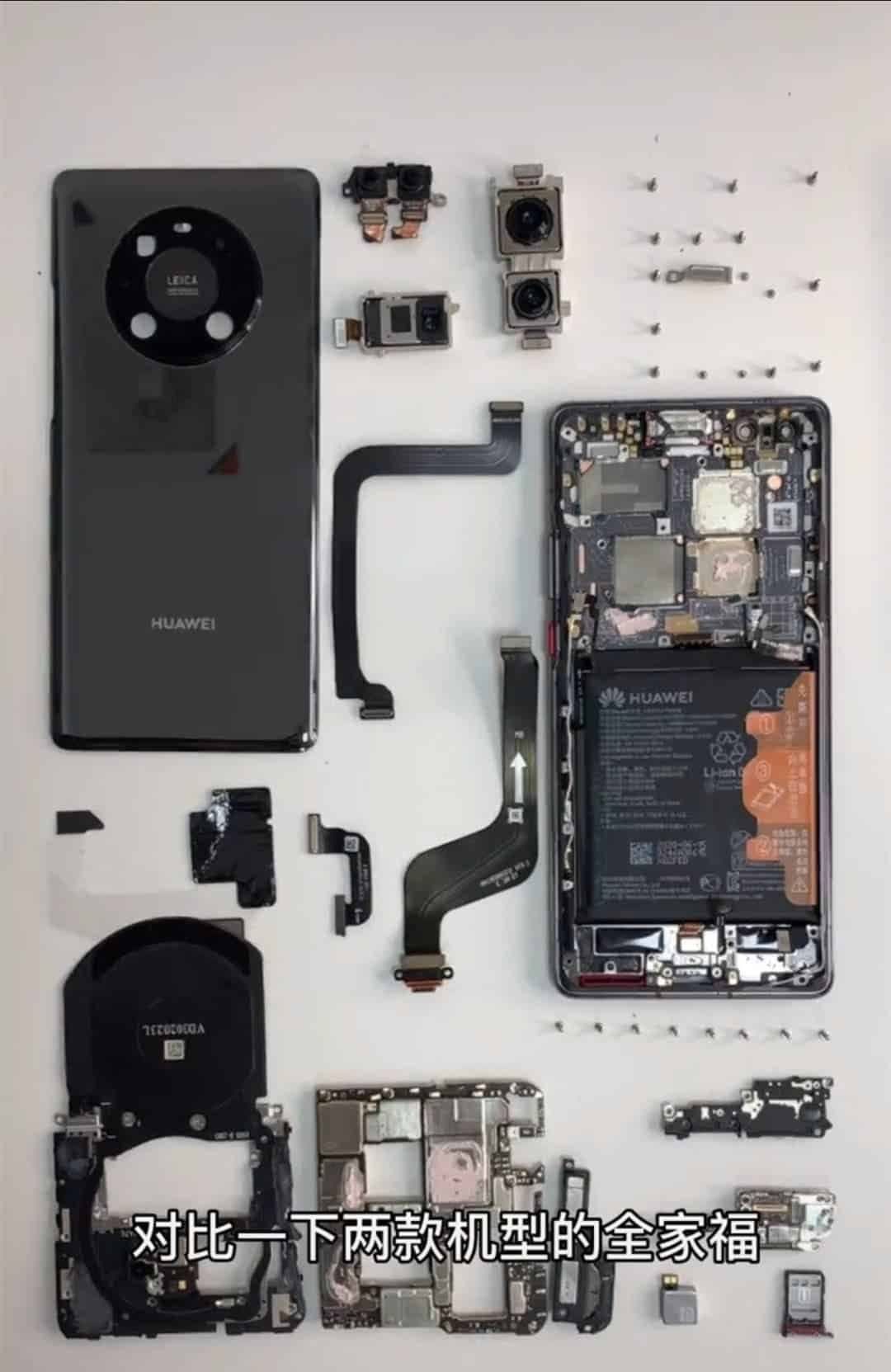
Specs Sheet
HUAWEI Mate 40 Pro specifications
- 6.76-inch (2772 x 1344 Pixels) FHD+ OLED display,90 Hz refresh rate
- HUAWEI Kirin 9000 5G (1 x Cortex-A77 3.13 GHz + 3 x Cortex-A77 2.54 GHz + 4 x Cortex-A55 2.05 GHz) processor with ARM Mali-G78 MP24 GPU,Dual Big Core + Tiny Core NPUs (Neural-network Processing Unit)
- 8GB RAM, 256GB storage (Mate 40 Pro) / 12GB RAM, 256GB storage (Mate 40 Pro+)
- Android 10 with EMUI 11
- 50MP RYYB Ultra Vision camera with f/1.9 aperture, OIS, 20MP ultra-wide Cine camera with f/1.8 aperture, 12MP telephoto camera with 5x optical zoom, OIS, Laser sensor, LED flash
- 13MP front camera with f/2.4 aperture, 3D Depth Sensing ToF Camera
- In-display fingerprint sensor
- USB Type-C audio, Stereo speakers
- Water-resistant (IP68)
- Dimensions:162.9×74.5×9.1mm(Glass) / 9.5mm (Leather); Weight: 212g
- 5G SA/NSA, Dual 4G VoLTE, Wi-Fi 802.11 ax (2.4GHz and 5GHz), Bluetooth 5.2 LE, GPS (L1 + L5 dual-band), NavIC, NFC, USB 3.1 Type-C (GEN1)
- 4400mAh (typical) battery with 66W HUAWEI SuperCharge, 50W Wireless HUAWEI SuperCharge
Apple iPhone 12 Pro specifications
- 6.1-inch (2532×1170 pixels) OLED 460ppi Super Retina XDR display, up to 1200 nits brightness, HDR, Dolby Vision, Ceramic Shield protection
- Six-Core A14 Bionic 5nm chip with 64-bit architecture, quad-core graphics
- 128GB,256GB and 512GB storage options
- iOS 14
- Water and dust resistant (IP68)
- Dual SIM (nano + eSIM)
- 12MP wide-angle (f/1.6) camera, 7P lens, optical image stabilization, True Tone flash, 4K video recording at 60 fps, Slo‑mo 1080p at 240fps, 12MP 120° Ultra Wide (f/2.4) secondary camera, 5P lens, 12MP telephoto camera with f/2.0 aperture with 4x optical zoom range and Digital zoom up to 10x, Night mode portraits enabled by LiDAR Scanner
- 12MP TrueDepth front camera with f/2.2 aperture, Retina Flash, 4K video recording at 60 fps, Slo‑mo 1080p at 120fps
- Dimensions: 146.7 ×71.5×7.4mm; Weight: 187grams
- Stereo speakers
- 5G (sub‑6 GHz), Gigabit-class LTE, 802.11ax Wi‑Fi 6 with 2×2 MIMO, Bluetooth 5.0, NFC with reader mode, GPS with GLONASS
- Built-in rechargeable lithium-ion battery with MagSafe wireless charging, fast charging, up to 17 hours (iPhone 12 Pro) of video playback
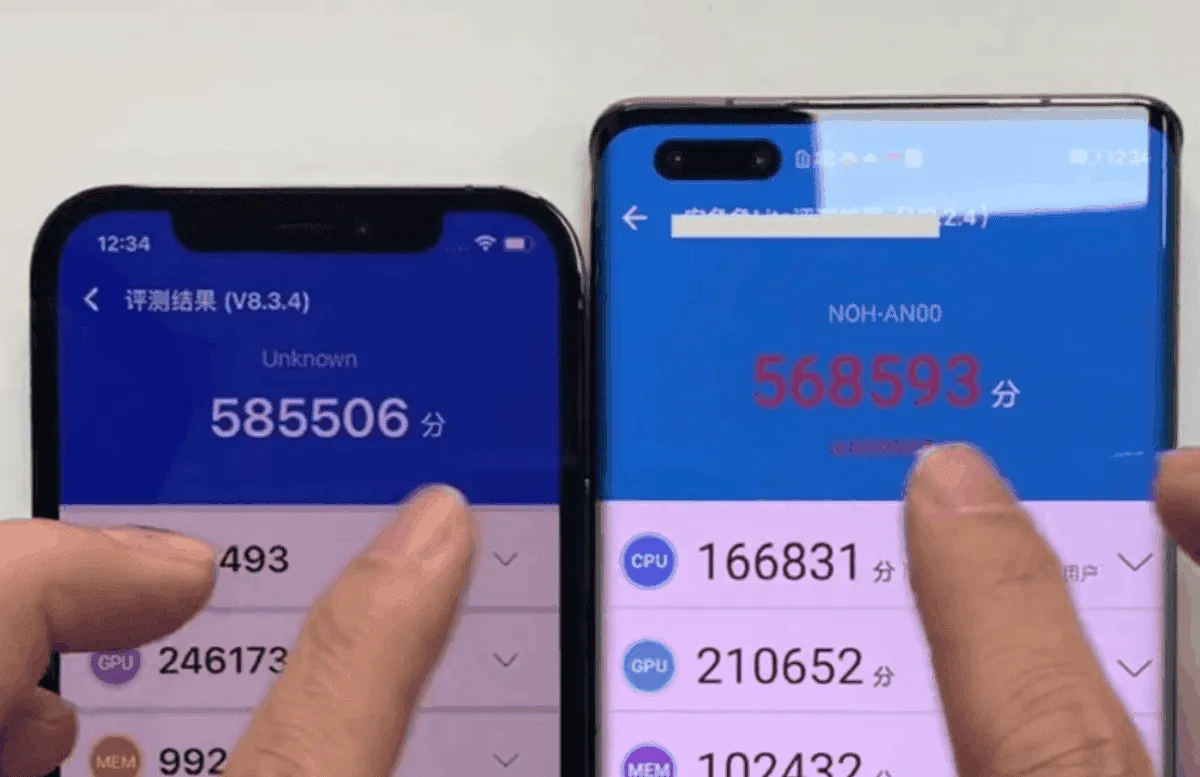

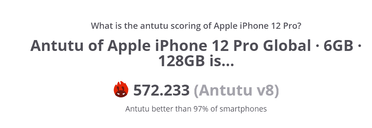
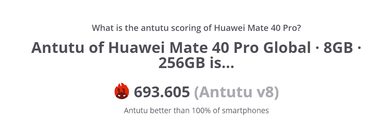




Place comments
0 Comments
You are currently seeing only the comments you are notified about, if you want to see all comments from this post, click the button below.
Show all comments